5 reasons to visit the UNESCO island town of Sviyazhsk
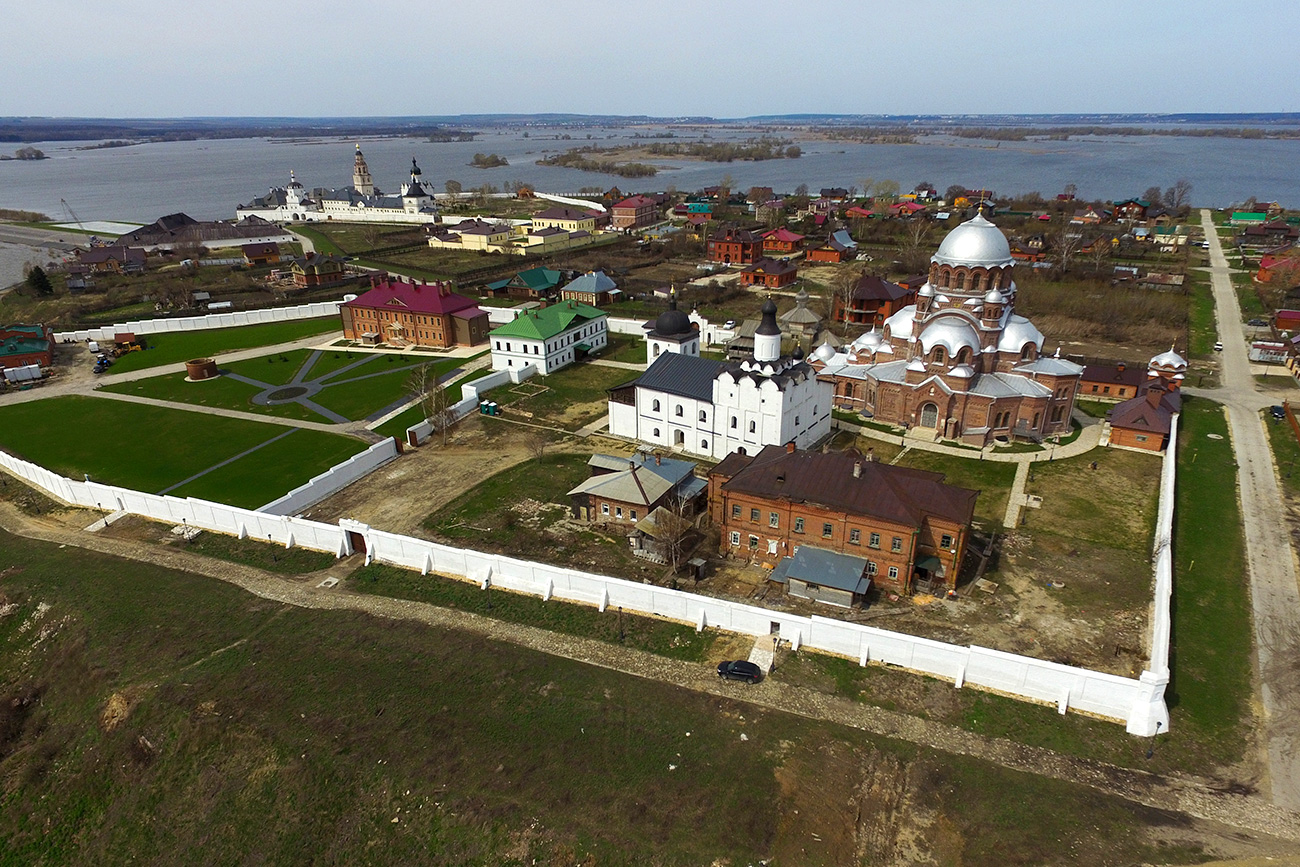
Island village Sviyazhsk in Zelenodolsk district of Tatarstan.
Vladimir Astapkovich/RIA Novosti1. Huge cultural legacy
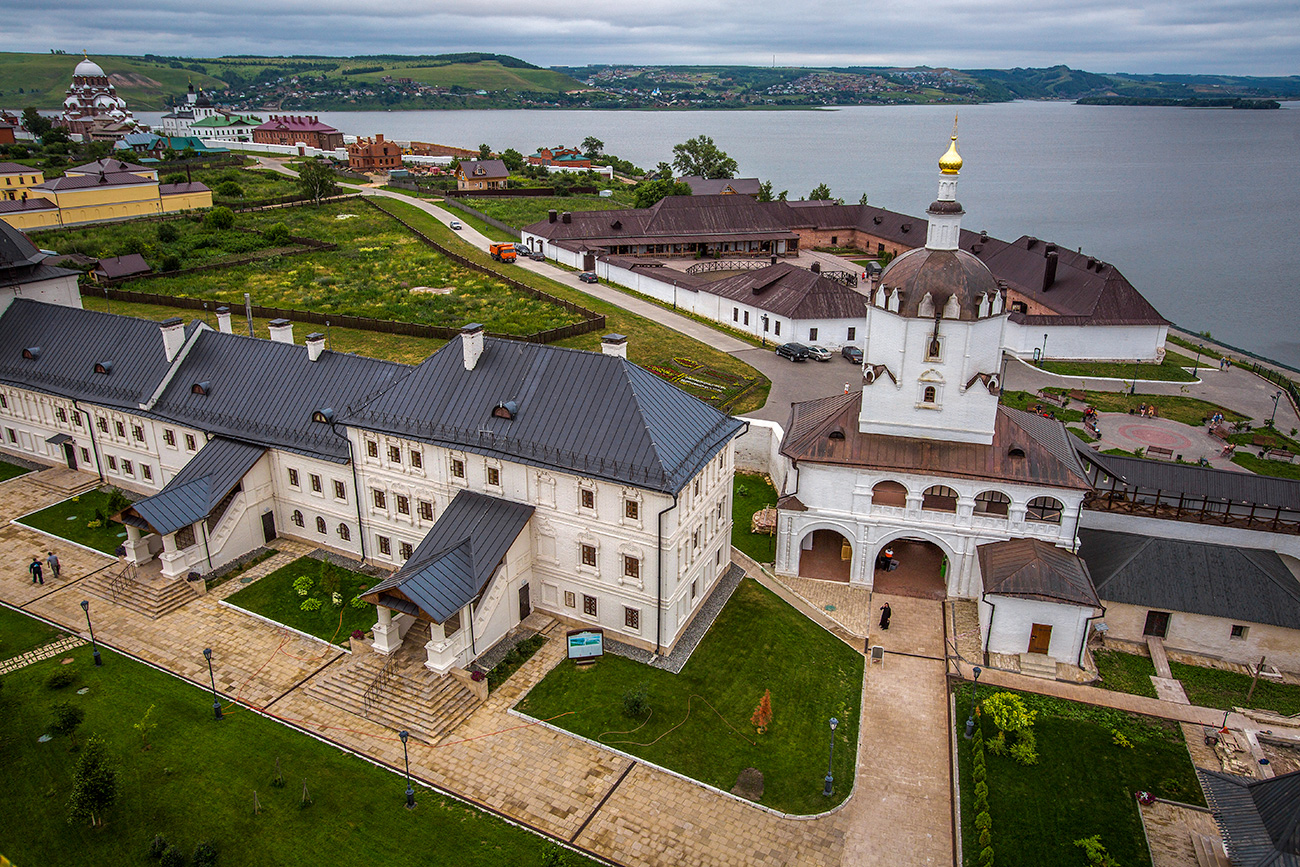 The Assumption Cathedral and Monastery in the island town of Sviyazhsk. / Egor Aleev/TASS
The Assumption Cathedral and Monastery in the island town of Sviyazhsk. / Egor Aleev/TASS
Tourists from all over the world come here to enjoy Russia’s unique history - the place has hardly changed over the last century. With no fewer than 37 cultural monuments on the island, including two monasteries and seven churches, you’ll be pushed to visit each and every one. Among them is Trinity Church – the only preserved wooden church in Sviyazhsk from the times of Ivan the Terrible. It was built without a single nail and the axe marks made by the Yaroslavl carpenters can still be seen - just don’t smoke inside!
2. One of the youngest Russian islands
 Island town of Sviyazhsk in Zelenodolsk district of Tatarstan. / Vladimir Astapkovich/RIA Novosti
Island town of Sviyazhsk in Zelenodolsk district of Tatarstan. / Vladimir Astapkovich/RIA Novosti
Until 1957, Sviyazhsk only became an island when the water rose to a certain level. However, the authorities decided to build the Togliatti Hydroelectric Power Station, flooding the surrounding villages in the process - only then was Sviyazhsk transformed into a permanent island.
For a long time, it was only possible to reach the island by boat. Land access wasn’t restored until a dam and roadway were built connecting Sviyazhsk to the left bank of the Sviyaga River via Tatarskaya Griva Island.
3. It took no time at all to build an entire town - just 4 weeks
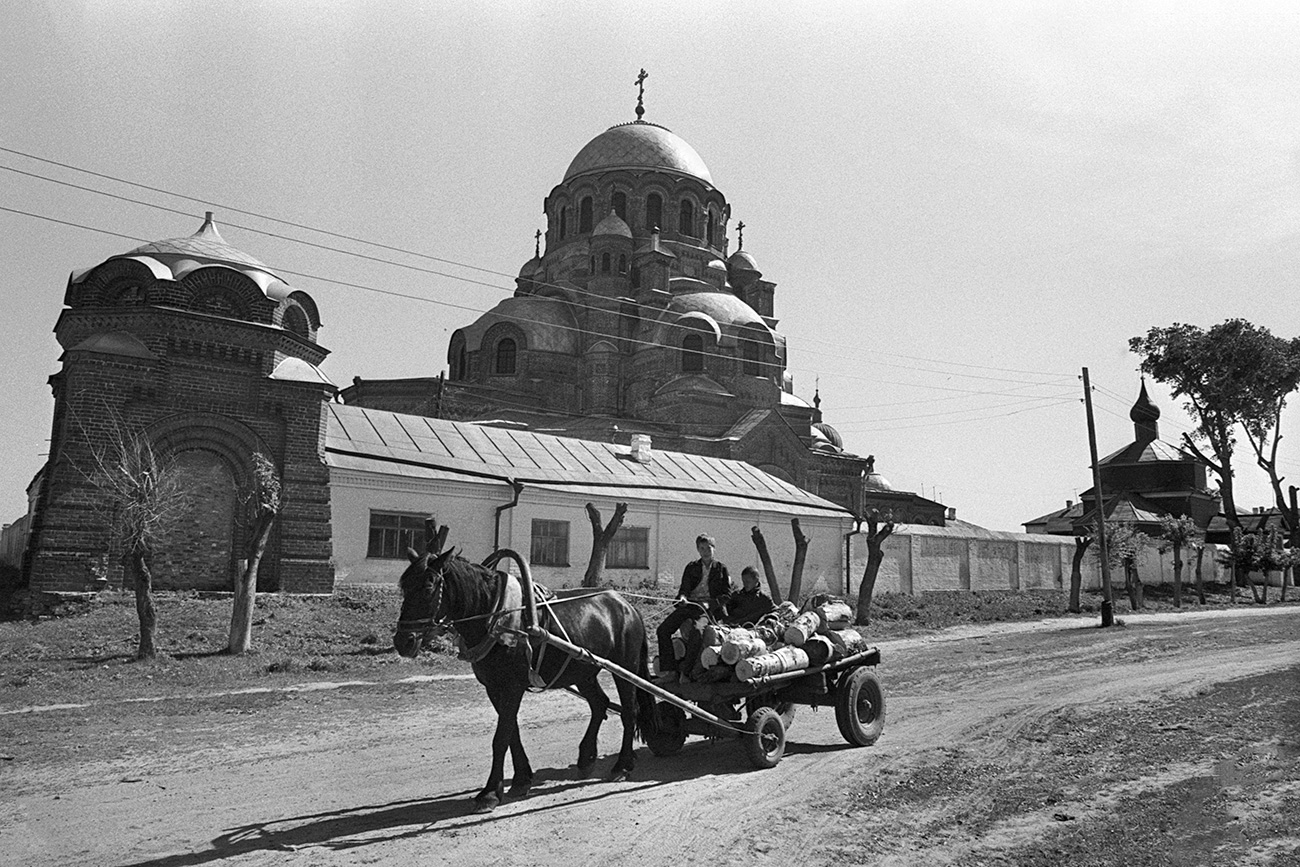 Sviyazsk during Soviet times, August 1988. / Mikhail Medvedev/TASS
Sviyazsk during Soviet times, August 1988. / Mikhail Medvedev/TASS
With an area spanning 62 hectares, the island town of Sviyazhsk is located on a hill in the estuary of the Sviyaga River, some 19 miles from Tatarstan’s capital of Kazan. It was founded as a fortress by Ivan the Terrible in 1551 and became the first Orthodox city in the middle reaches of the Volga. The stone Assumption Cathedral was built ten years later.
Back then, Kazan - the capital of the Khanate - was an unassailable fortress. As a result, Sviyazhsk was known as “Conqueror City."
The citadel and town were built in just four weeks, using a 75,000-strong workforce (it was larger than than Moscow’s Kremlin at the time). A town has never been built so quickly in Russia.
Many monasteries were built in Sviyazhsk: Culture, trade, and crafts flourished. In 1781 the former citadel became a city of 10,000 people. Today, only about 200 people live there.
4. World’s only fresco of St. Christopher with horse’s head
 The fresco 'St. Christopher' in the Assumption Cathedral in Sviyazhsk. / Maksim Bogodvid/RIA Novosti
The fresco 'St. Christopher' in the Assumption Cathedral in Sviyazhsk. / Maksim Bogodvid/RIA Novosti
The interior of Dormition Cathedral is unique thanks to its 16th century frescoes, many of which have survived and were restored in the 1990s. The Cathedral boasts the world’s only fresco depicting St. Christopher with a horse’s head (he’s usually shown with the head of the dog). According to the legend, the Saint was so handsome that scores of women were always trying to get him in the sack, so he asked God to make him ugly - hence he was given a horse’s noggin (don’t ask about the rest of his body). Most images of Christopher sporting an animal head were destroyed in the 18th century, from which point he is portrayed with a human head.
"I first visited Sviyazhsk in May 2003 and was astonished, not only by the distinctive architecture, but also by the beauty of the Volga River. At that time the restoration of the St. John the Baptist Convent and Dormition Monastery had only just begun, but the frescoes in Dormition Cathedral were visible in all their glory," said William Brumfield, author of Architecture at the End of the Earth, who in 2014 rallied for both sites to be included on UNESCO’s World Heritage List.
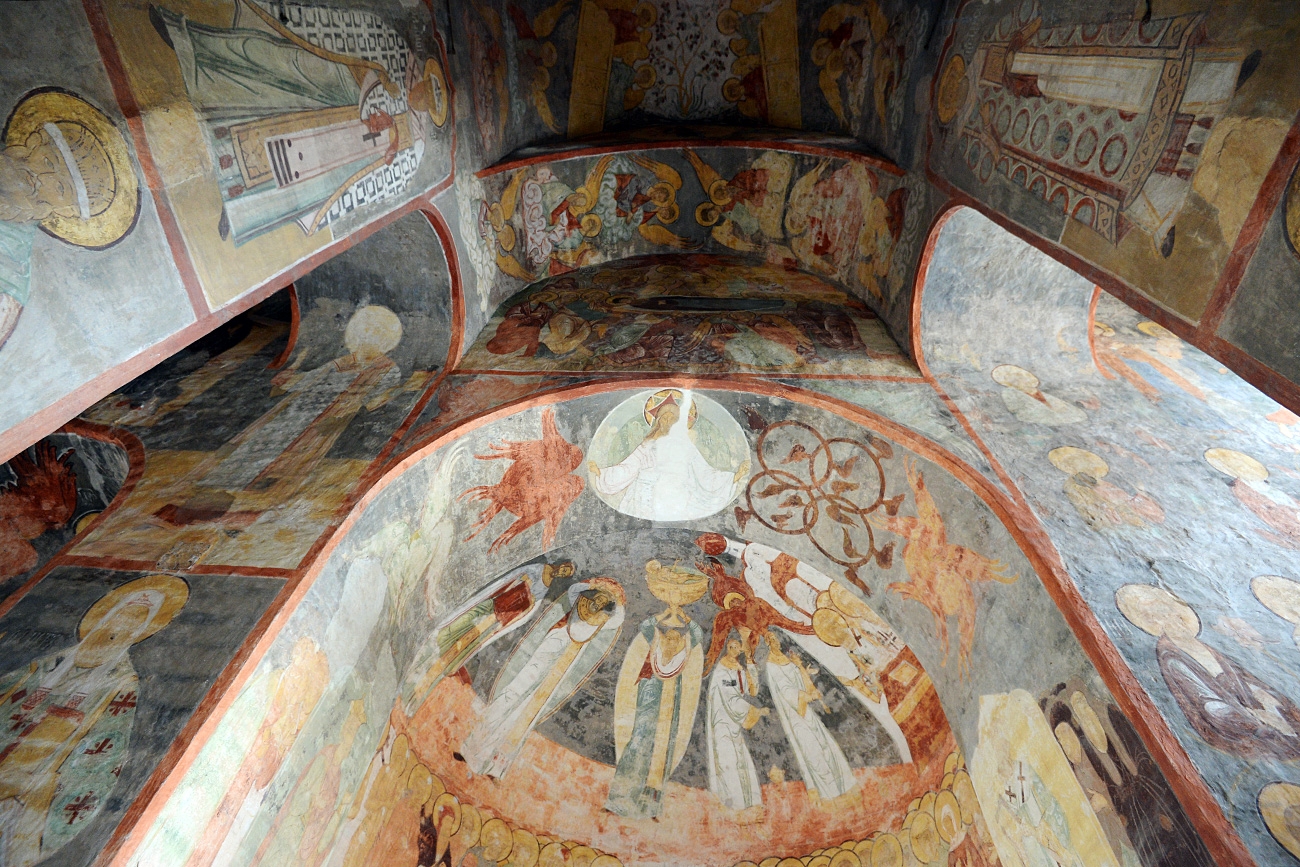 Frescoes in the Assumption Cathedral at the Sviyazhsk Assumption Monastery. / Maksim Bogodvid/RIA Novosti
Frescoes in the Assumption Cathedral at the Sviyazhsk Assumption Monastery. / Maksim Bogodvid/RIA Novosti
Among the most famous and valuable frescoes, which can be seen in the Cathedral, are “Adam and Eve in the Garden of Eden,” “Holy Trinity,” and “St. John the Divine,” among others.
“The cathedral’s frescoes are some of the rarest examples of Eastern Orthodox mural painting,” notes the UNESCO World Heritage Convention’s website.
5. ‘Russian Alcatraz’
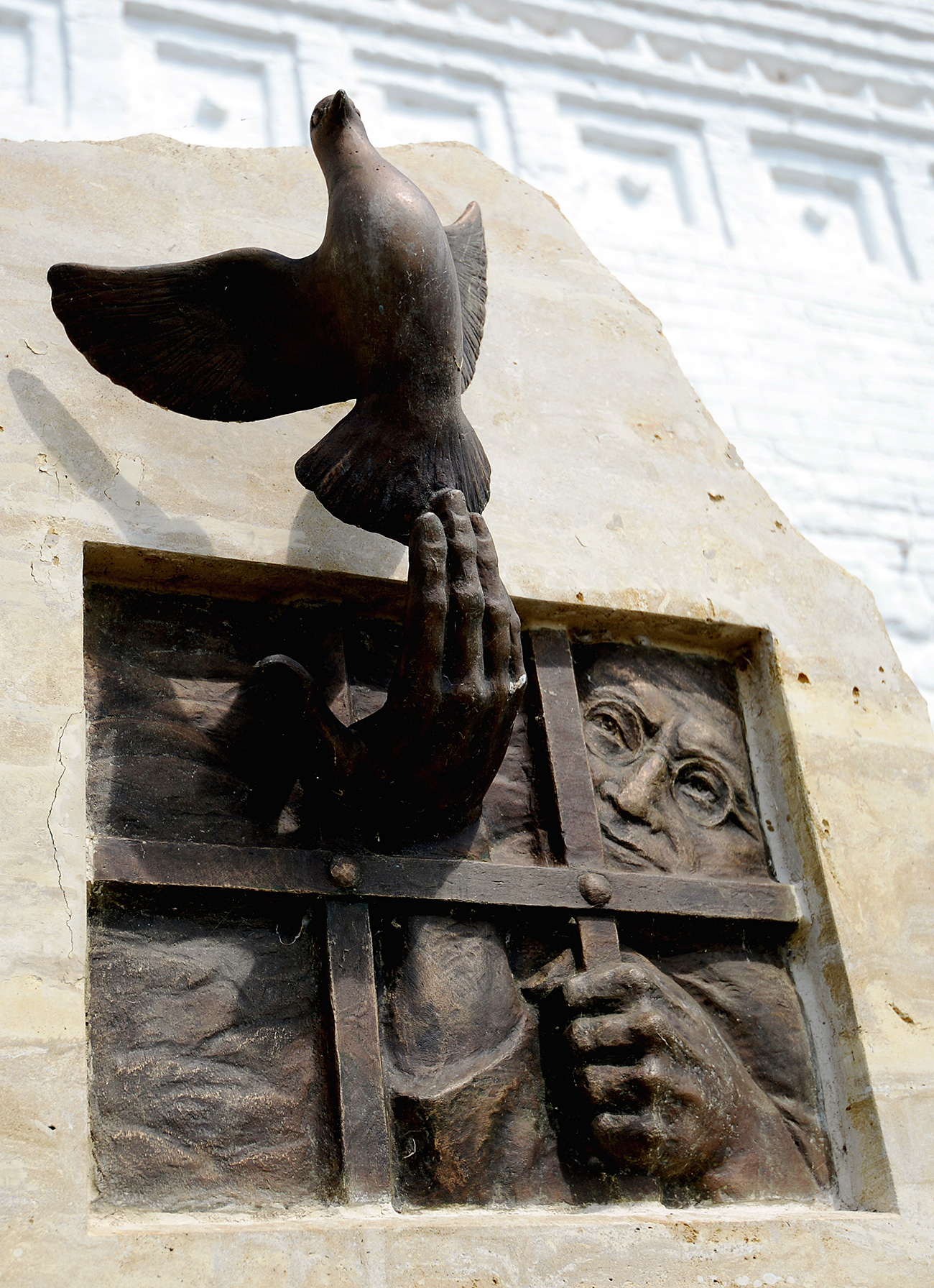 The monument to political prisoners at the Sviyazhsk State Museum of History and Architecture. / Maksim Bogodvid/RIA Novosti
The monument to political prisoners at the Sviyazhsk State Museum of History and Architecture. / Maksim Bogodvid/RIA Novosti
After the 1917 Revolution, Sviyazhsk became one of the first places to suffer Soviet political repression. Its monasteries were abolished and transformed into transit prisons and concentration camps, and later into psychiatric hospitals. Due to its location on the island, the town was sometimes compared to the former U.S. prison of Alcatraz in San Francisco.
In 2011, the local museum - once a prison where inmates were shot - was reopened after reconstruction work. Visitors can view a cell still containing a prisoner’s belongings, and there is also a monument to the victims of political repression on the island in the form a two-meter tall marble slab.
Read more: Sviyazhsk: Ivan the Terrible’s fortress on the Volga
If using any of Russia Beyond's content, partly or in full, always provide an active hyperlink to the original material.
Subscribe
to our newsletter!
Get the week's best stories straight to your inbox